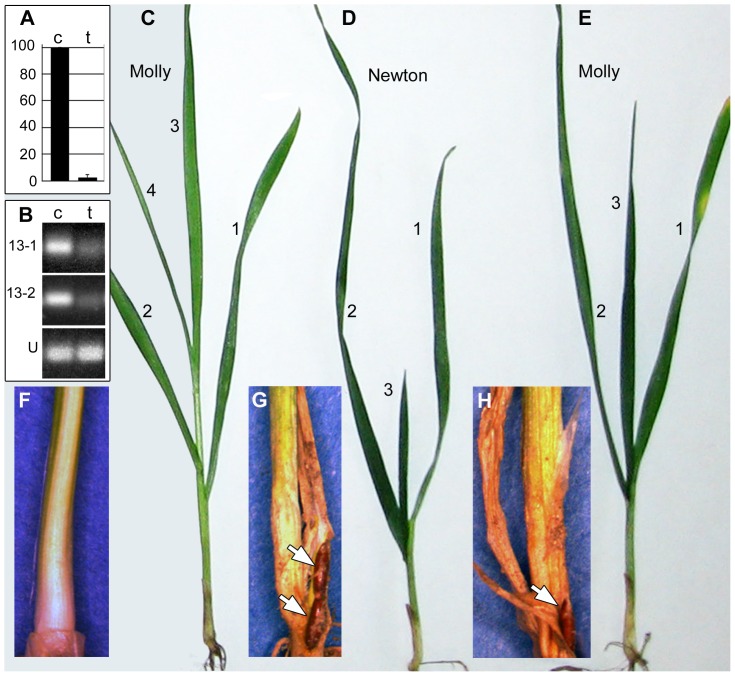Figure 4. vH13 knockdown allows H13-avirulent larvae to escape H13-directed ETI.
Pools of 100 H13-avirulent neonate larvae were soaked in 0.5 mg/ml of either sham-, or vH13-dsRNA for 48 h. (A) Percent transcription of vH13 in vH13-dsRNA-treated larvae (t) relative to sham-treated larvae (c) as measured using qRT-PCR. (B) Amplification of the vH13 transcript (13-1 and 13-2) and the ubiquitin transcript (U) from RNA samples extracted from sham-treated (c) and vH13-treated (t) larvae after 35 cycles of RT-PCR. Ubiquitin transcript amplification was performed using the same RNA used in 13-1. (C-H) Similarly treated larvae were transferred, five per plant, to H13-resistant (Molly), or susceptible (Newton) near-isogenic wheat seedlings. Plants shown 12 days after infestation (C, D, and E) have their leaves numbered. Stunted plants (D and E) were darker green than unstunted plants (C) and never developed a fourth leaf. HF pupae (arrows) were visible on stunted plants 20 days after infestation (F, G and H). Sham-treated larvae failed to stunt (C) and survive (F) on Molly, but did stunt (D) and survive (G) on Newton. Some candidate-gene-13-dsRNA-treated larvae also stunted (E) and survived (H) on Molly.

